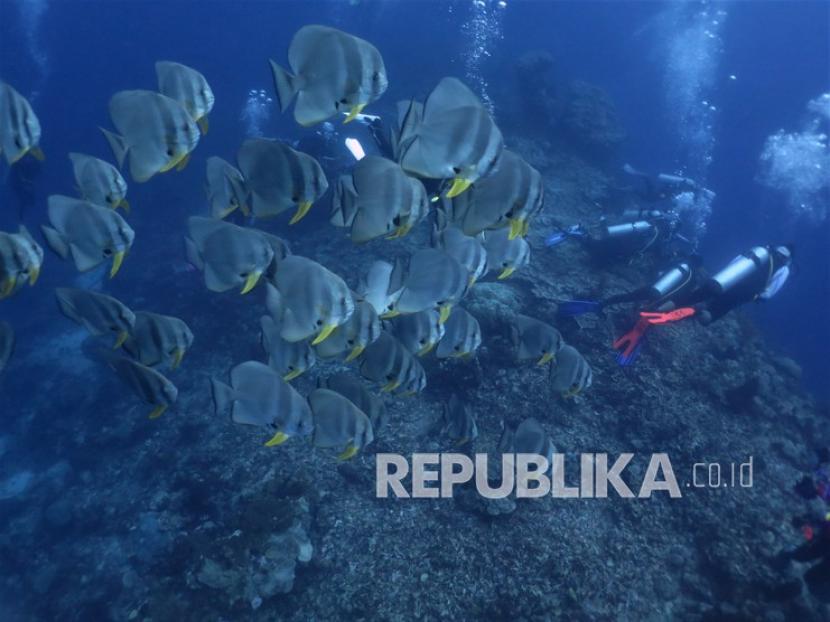Most reef-building corals bask in shallow water so that their resident algae can catch the sun’s rays as they filter from the ocean’s surface. However, there is a species of coral that can grow at even greater depths, as deep as 6,000 meters below the surface in the dark, cold, deep ocean.
The researchers behind the new study think that many of these deep-water corals glow. These deep corals may use light to pull prey, such as tiny plankton, into their folds.
Scientists then tested the theory, which they dubbed the ‘light trap’ hypothesis.
“Many corals display a fluorescent color pattern that accentuates their mouths or the tips of their tentacles,” explains marine ecologist and senior author Yossi Loya of Tel Aviv University.
This ability to fluoresce and attract prey appears to be an important adaptation for corals trapped on the ocean floor. Especially in habitats where corals need other sources of energy other than as a substitute for photosynthesis.
Many other ideas have been proposed, to explain why corals glow. For example, the ‘sunscreen’ hypothesis suggests that fluorescence can protect bleached corals from further heat stress and minor damage. Increasing photosynthesis may be another possible explanation.
–

/data/photo/2020/07/01/5efc5e31f3385.jpeg)